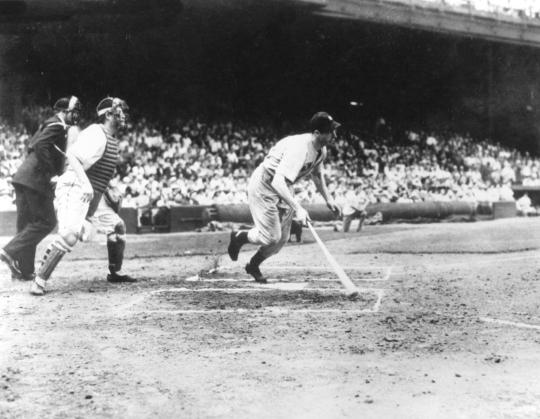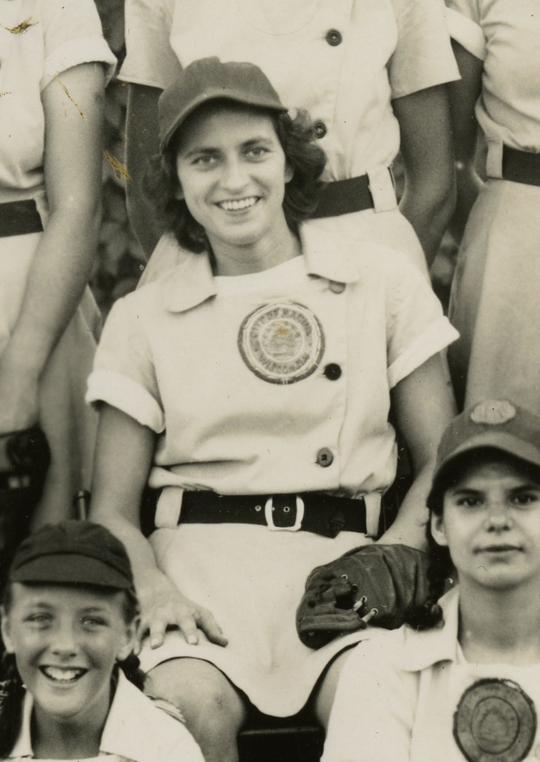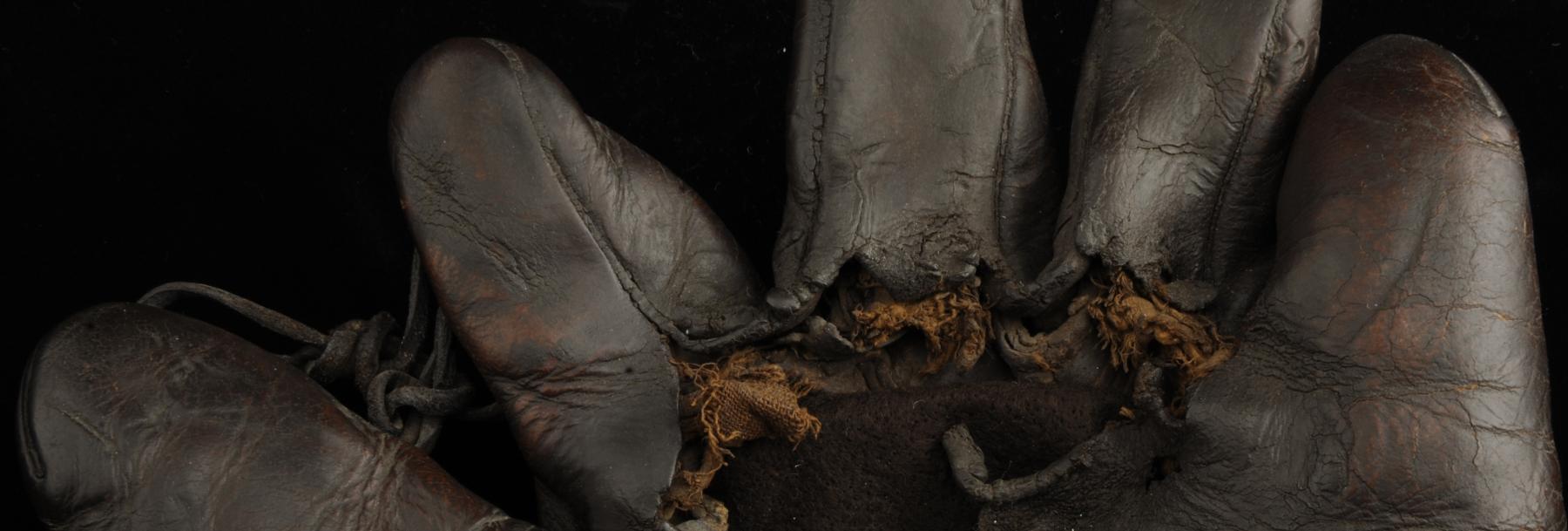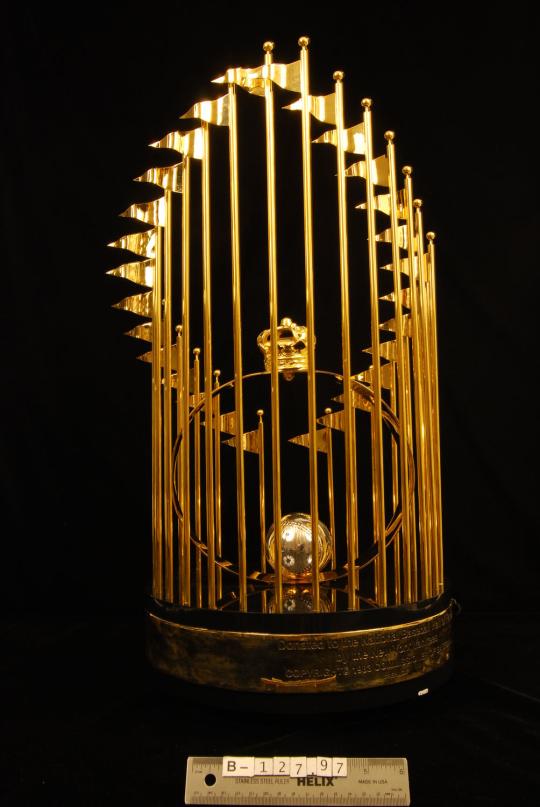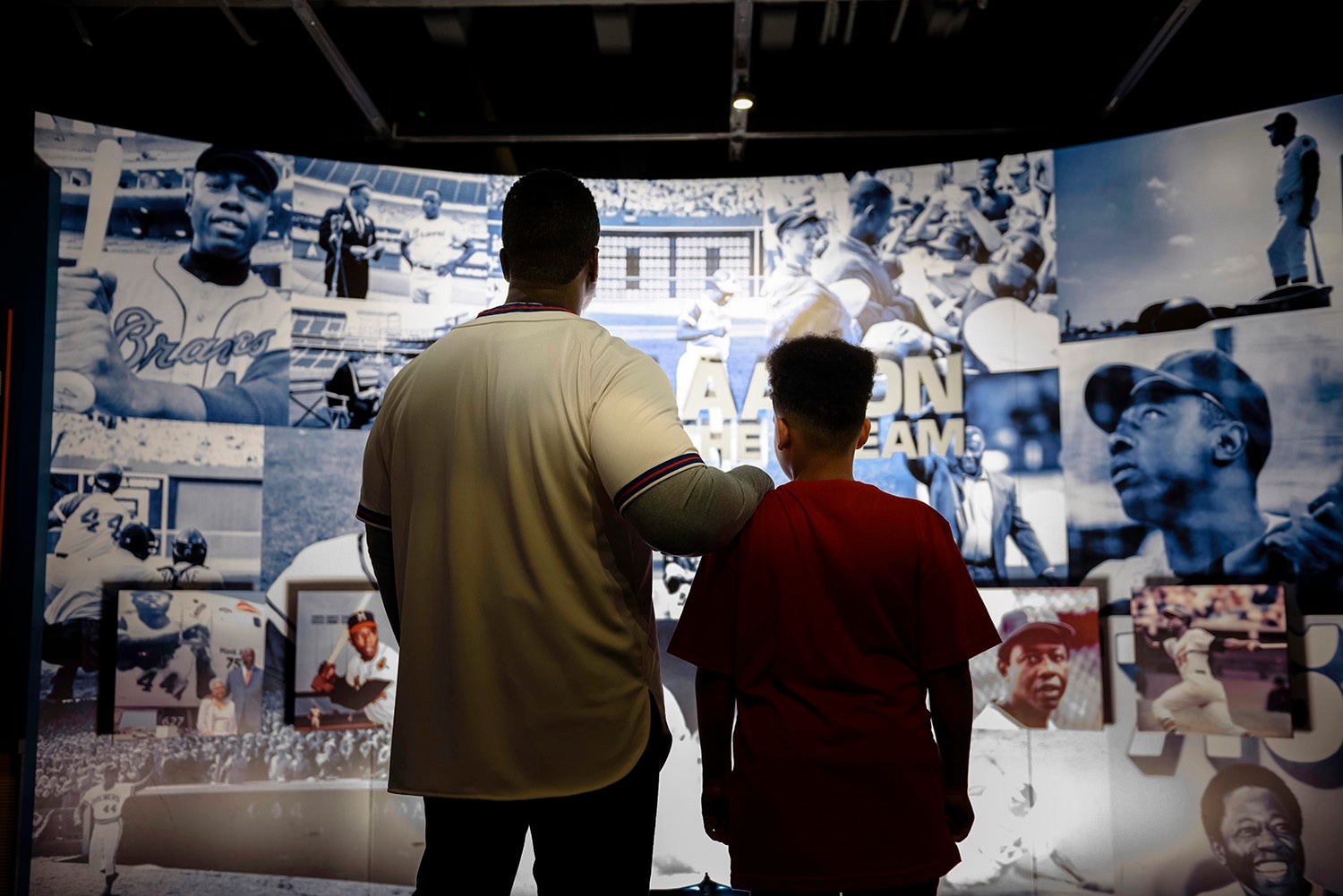One for the Books
Baseball Records and the Stories Behind Them
As baseball fans, we are fascinated by the game’s records. We discuss, compare and debate them. We even memorize those special records that have reached a near-sacred status in the game’s lore.
Record books tell the basic facts: the who, what, when and where. However, these sources fail to reveal the most telling information: the how and why. How did a ballpark affect the record? Why did a pitcher take the mound so often? How has new research altered past numbers?
The more we learn about the how and the why, the more it becomes clear that records are not simple facts, and that comparing record holders is like comparing apples and oranges: a risky endeavor, but food for thought.
One for the Books: Baseball records and the Stories Behind Them features over 200 artifacts, videos of memorable record-setting moments, trivia games and an interactive "Digital Top Ten Tower." Exciting and entertaining for both the casual fan and the hardcore enthusiast, the exhibit highlights hundreds of records including ...


